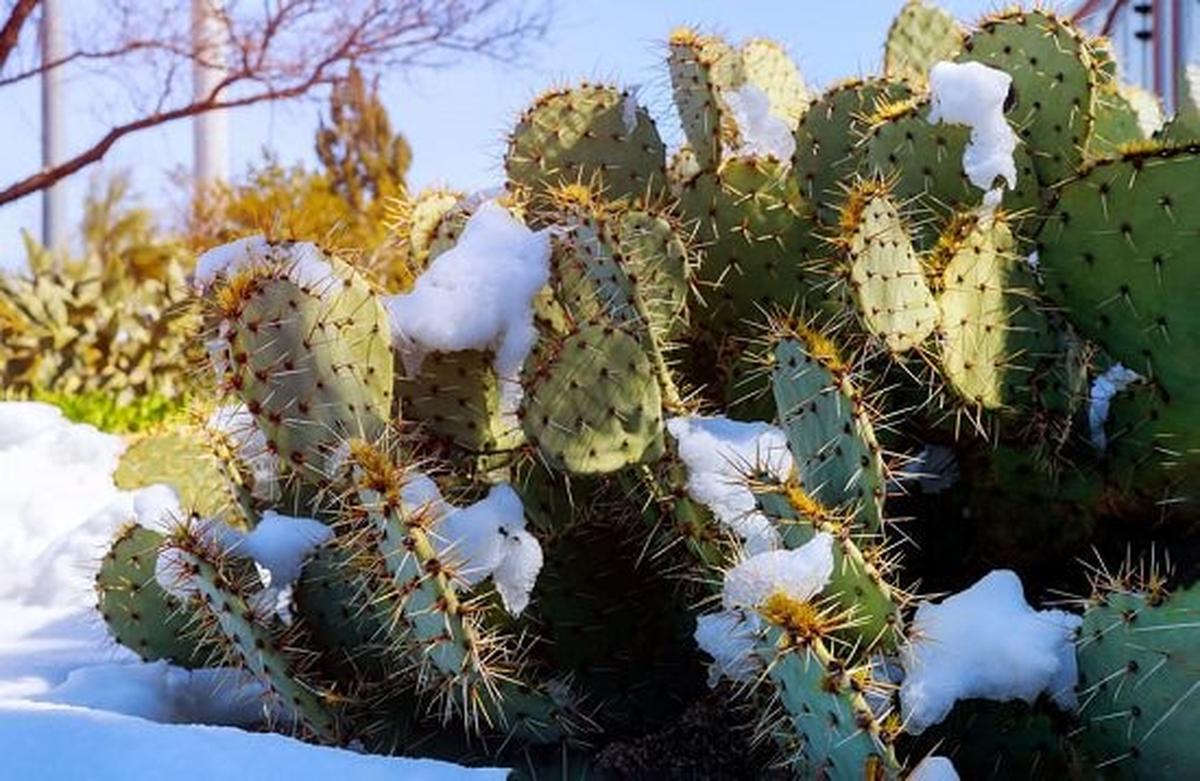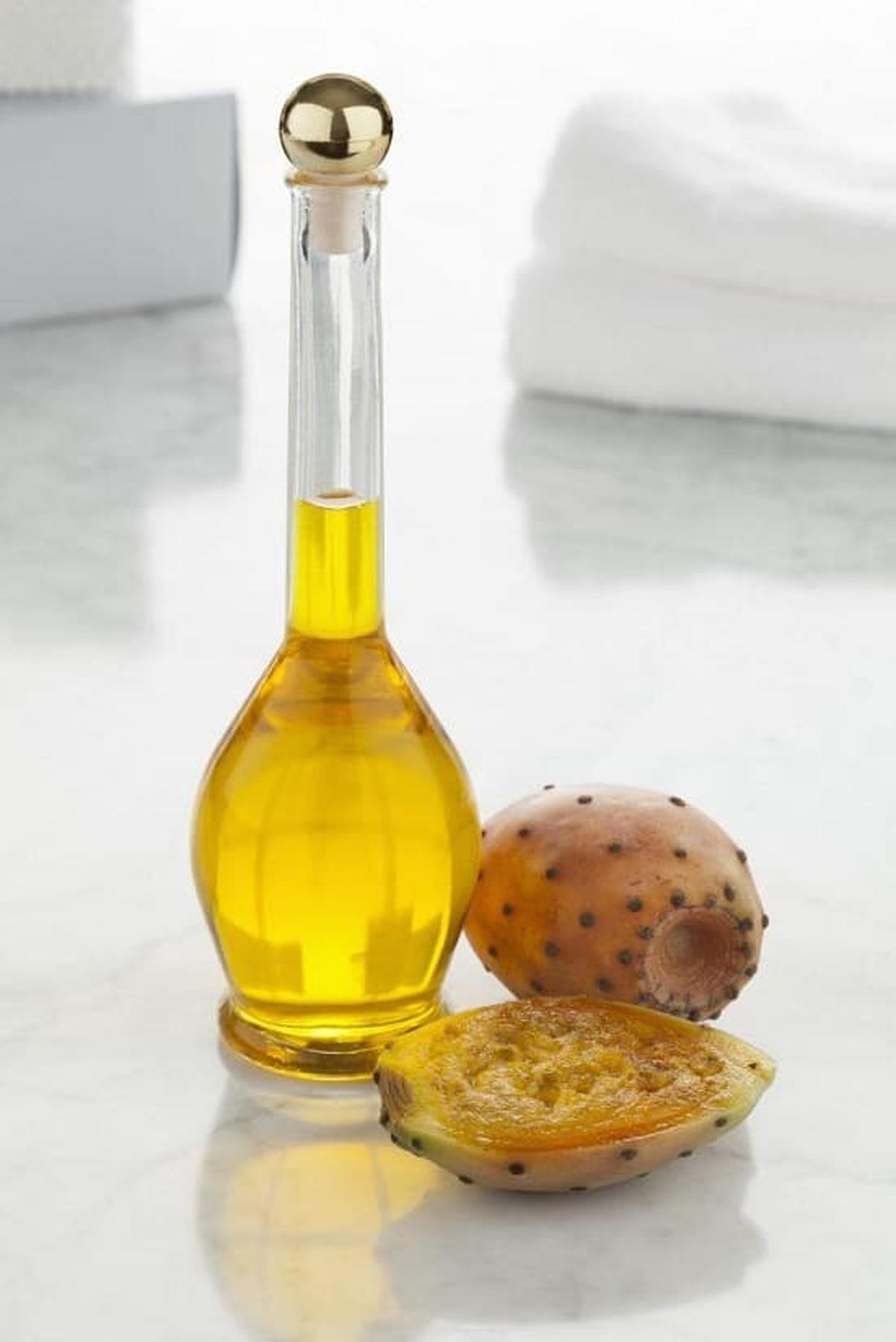9 Fascinating Facts About the Prickly Pear Cactus
Prickly pear cacti fascinate with their vibrant appearance and remarkable adaptability. These plants are uniquely suited to harsh conditions, offering ecological and practical value.
Their structure stores water efficiently, making them a vital resource in arid areas. They contribute to biodiversity, supporting both plants and animals in their ecosystems.
The vibrant colors and distinctive shapes also make them visually appealing additions to landscapes. Delve into 9 amazing prickly pear cactus facts:
Great Cold-Hardy Plants
Prickly pear cacti are resilient plants that thrive in various climates, showcasing their impressive ability to withstand frigid temperatures.
Known for surviving conditions as low as -30°F, these hardy specimens can transform your garden into a stunning landscape even during the colder months.
Varieties like Opuntia fragilis and Opuntia poryapantha add character with their unique shapes while embracing winter’s chill without fear.
Their adaptability makes them an excellent choice for gardeners looking to diversify their green spaces with tough yet visually appealing options.
Work As Vegetables & Fruits, Both
Prickly pear cacti are fascinating plants that offer both beauty and utility in your garden.
These resilient succulents bloom vibrant flowers during the summer, later giving way to sweet fruits known as tuna.
Not only do they provide visual interest, but certain varieties can also be enjoyed for their edible qualities, some act like vegetables while others bear delicious fruits.
With minimal water needs and a striking appearance, these cacti thrive in arid conditions, making them an excellent choice for sustainable gardening practices.
Drought Tolerant Plant
Drought-tolerant plants are remarkable survivors in arid environments. They possess unique adaptations, allowing them to thrive with minimal water.
The prickly pear cactus exemplifies this resilience through its specialized photosynthesis process called CAM. By opening stomata at night, it captures carbon dioxide efficiently while conserving precious moisture during the scorching daytime heat.
This fascinating method not only helps it endure dry spells but also contributes to a sustainable garden aesthetic that requires less maintenance and resources from you.
Greenish Flattened Parts Are Not Leaves
The prickly pear cactus is a specimen that adds a unique flair to any garden.
Those flat green pads often mistaken for leaves serve as modified stems, showcasing the plant's adaptability in arid climates.
These pads excel at storing water and even contribute to photosynthesis, making them vital for the cactus’s survival.
The spines protruding from these pads are actually its true leaves, evolving over time into formidable defenses against herbivores.
Insects On Prickly Pears Are Used In Making Dyes
Prickly pear cactus showcases fascinating features beyond its striking appearance.
The tiny cochineal insects that inhabit the pads play a vital role in producing vibrant carmine dye, widely recognized for coloring fabrics and cosmetics.
Their contribution doesn’t stop there; this remarkable insect also finds its way into food products, enhancing everything from fruit juices to various culinary delights with rich red hues.
Healthy Fruits
Healthy fruits from the prickly pear cactus are packed with essential vitamins, minerals, and antioxidants.
These vibrant gems not only boost your immunity but also play a role in lowering cholesterol levels.
Imagine incorporating this unique plant into your garden; it not only offers visual interest but provides beneficial fruits that support liver health as well.
Growing prickly pears can enhance both the aesthetic appeal of your space and promote better digestive wellness for those who enjoy their bounty.
Widespread Growth In Australia
Prickly pear cactus represents a fascinating chapter in Australia’s botanical history. Initially brought over for practical uses like fencing and dye production, this resilient plant quickly adapted to its new environment, leading to an unexpected explosion in growth.
Spreading across vast areas of land, it transformed landscapes and ecosystems alike. Over the years, managing its invasive nature became crucial for maintaining local flora balance.
You can discover how this cactus shapes gardening practices today as enthusiasts find ways to appreciate its beauty while respecting native plants.
Good Pollinator Plants
Good pollinator plants attract a variety of beneficial insects. These plants provide essential nectar and pollen sources that support the survival of bees, butterflies, and other wildlife.
By strategically placing these species throughout your garden, you can create vibrant hotspots for pollinators while enhancing biodiversity in your outdoor space. Selecting native varieties can further boost their effectiveness by offering food sources tailored to local insect populations.
Watching busy bees flit from flower to flower not only brings life to the landscape but also plays a vital role in promoting healthy plant growth across all areas of your garden.
Prickly Pear Seed Oil Has Many Benefits
Prickly pear seed oil serves as a remarkable addition to your gardening pursuits, particularly for those who appreciate the multifaceted benefits of plants.
Extracted from the seeds of prickly pear cactus, this oil boasts an impressive nutrient profile that promotes healthy skin and hair.
Rich in Vitamin E and essential fatty acids, it not only nourishes but also enhances overall vitality.





